Doing no harm, L’Enclume also earned its third Michelin star in the interim.
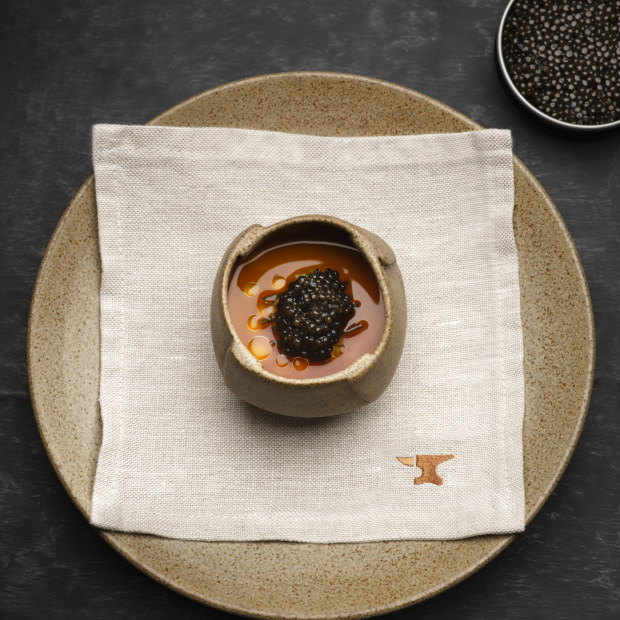
Seaweed custard at L’Enclume. Rogan plans to adapt his most popular dishes for his Sydney residency.
Shirvington says the initial approach was part of a plan to reinvigorate an iconic slice of beachside Sydney dining. But restaurant residencies offer a smorgasbord of other opportunities. Visiting chefs get to bring key staff, while swapping hometown routines for a bit of travel.
“Getting our third (Michelin) star made me look at other things,” says Rogan. “It provided a chance to see more of the world, meet new people, experience new cultures, see produce and techniques and gain some knowledge.”
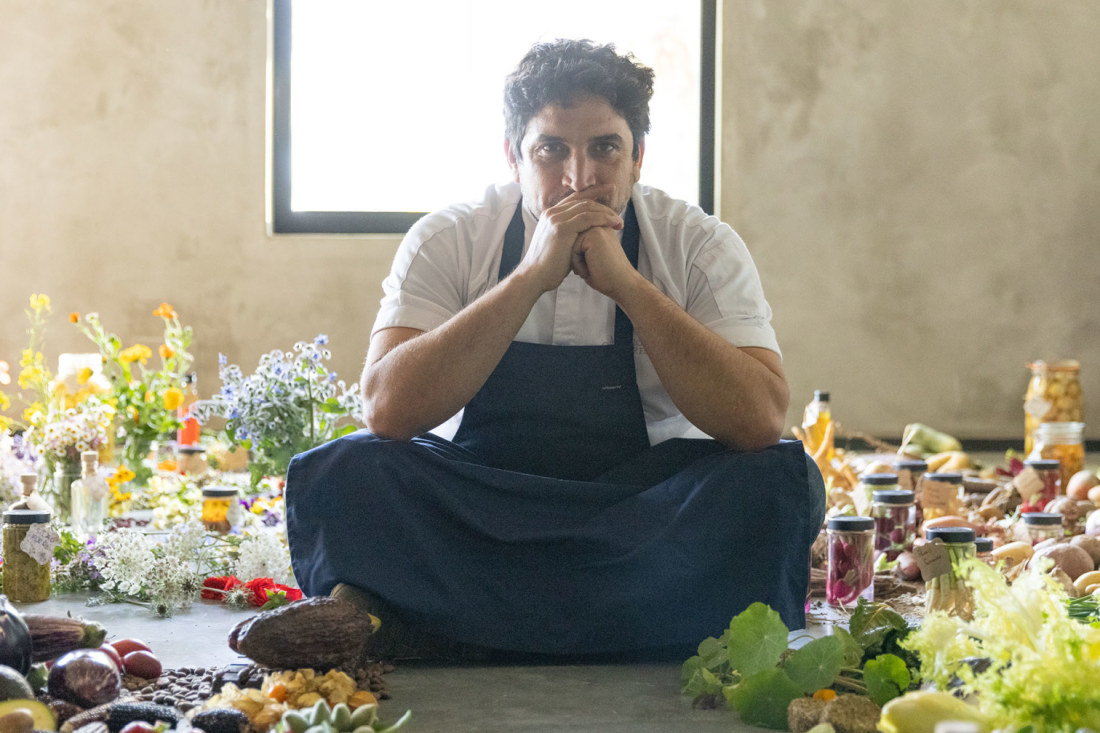
Chef Mauro Colagreco of Mirazur, on France’s on the Côte d’Azur. Rutger Pauw
Similarly, Shirvington will invite 16 young local chefs into the kitchen and for lunch with Rogan and his team, while upskilling her own staff.
It’s a chance, too, for diners. These restaurants overseas can be booked out for months in advance, so it appeals to those with an appetite for star-studded, Michelin-level dining and who don’t blink at dropping $600-plus for a meal.
Mirazur chef Mauro Colagreco says that is one of the reasons he came to Australia. “You need people who love food and are in the habit of eating in a restaurant like Mirazur,” says Colagreco. He’s now considering potential residencies in Japan or Mexico.
Both Sydney events represent the highest-profile restaurant residencies since Heston Blumenthal’s The Fat Duck landed in Melbourne for a sold-out six-month stay in 2015, and Rene Redzepi’s Noma for 10 weeks (which sold out in seconds) in Sydney’s Barangaroo.
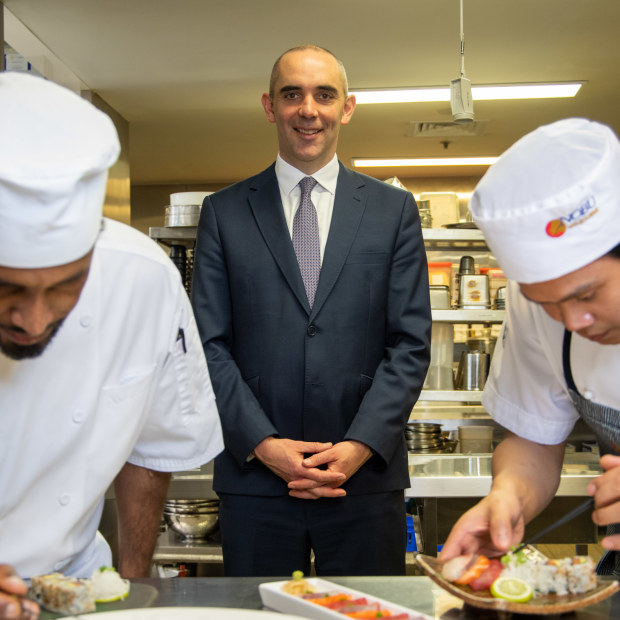
Crown Melbourne’s Enda Cunningham is in talks with a couple of Michelin-star chefs in the UK for more residencies. Wayne Taylor
They also are part of a resurgent interest in staging marquee residencies worldwide. Redzepi, for instance, transported his entire Noma team to Kyoto, as well as crockery and cutlery, for a 10-week run, ending in late May.
Closer to home, Crown Melbourne – which hosted The Fat Duck – is well advanced in talks with a couple of Michelin-star chefs in the UK. “There’s something a little different coming from there we want to try … a couple of cuisines well-represented there, but not so much here,” explains Crown’s executive general manager of food and beverage, Enda Cunningham.
Last November, Crown hosted Sri Lanka’s Ministry of Crab, ranked 35 on last year’s Asia’s 50 Best Restaurants, for a month-long residency in its Evergreen dining room (the space previously occupied by The Fat Duck and its offshoot Dinner by Heston Blumenthal). In May, that space was occupied by Melbourne’s The Real Greek Chef, Giannis Kalyvas.
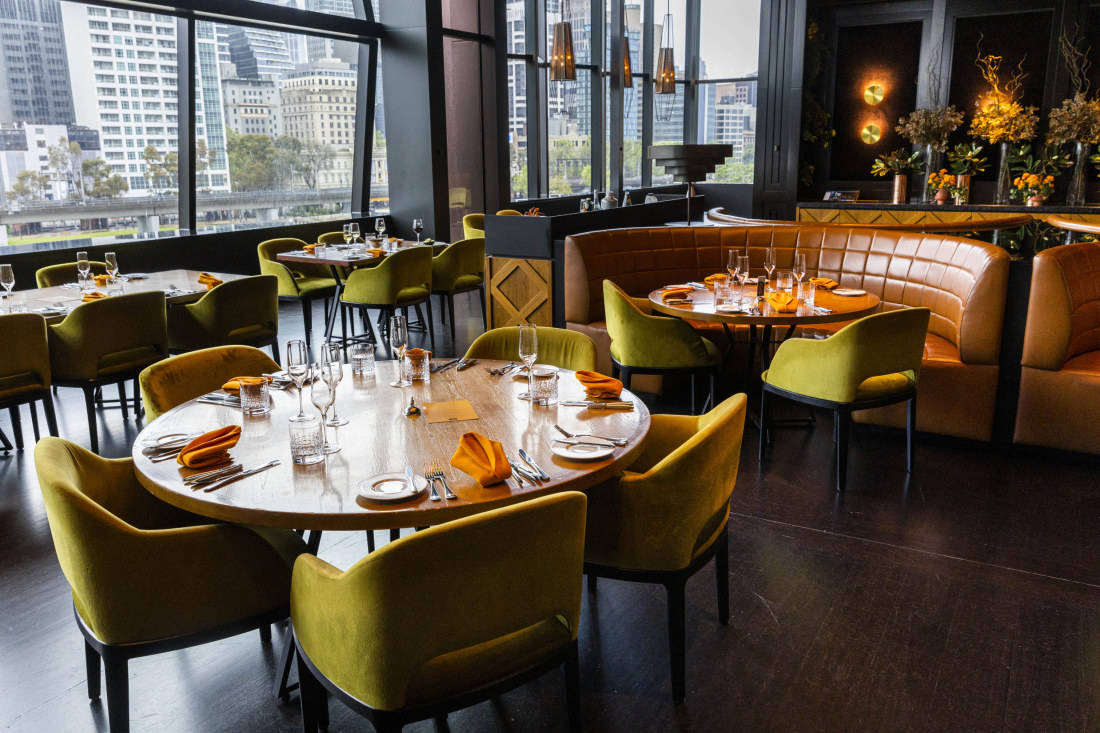
Crown Melbourne hosted Sri Lanka’s Ministry of Crab for a month-long residency in its Evergreen dining room.
Cunningham says residencies are a way for Crown to re-engage more with Melbourne’s dining-out scene as well as trial different cuisines and service models, particularly before installing anything permanently. “We’re about to go through a major redevelopment over the next few years focused on returning Crown to the pinnacle of hospitality in Australia,” he says.
Other high-end Australian restaurants, too, are in early talks with big-name Michelin chefs overseas but aren’t able to elaborate further.
The man behind the Mirazur gig, Darren Chen of Chef World Tour, is hoping for at least another residency with a chef either from Asia or South America later in the year in Sydney and, perhaps, Melbourne.
Singapore-based Chen’s entire business model is centred on creating an international restaurant residency circuit around rock-star chefs, inspired by the travelling circus of Formula 1 and the music artist’s concert tour. “The way we see it is the chef is the artist, the restaurant his studio, the menu the album, and we are the touring agent,” explains Chen, who has been running food festivals and events since 2011.
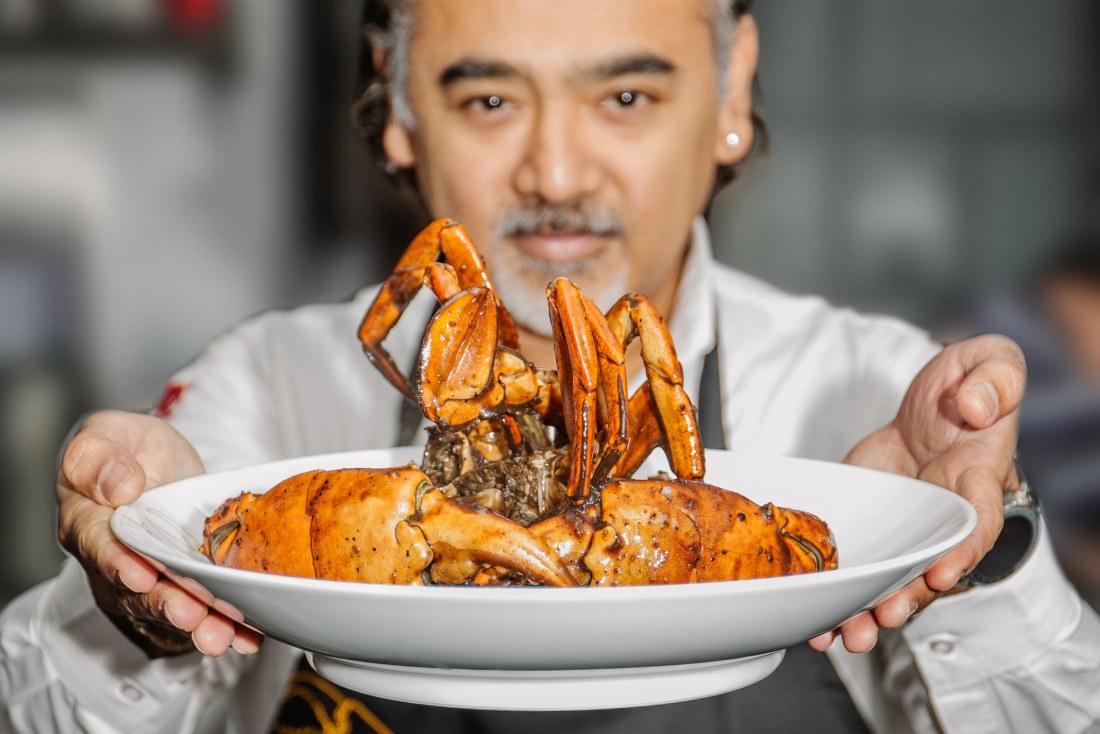
Kuala Lumpur-based Ministry of Crab chef Dharshan Munidasa is interested in setting up a permanent restaurant in Australia.
Curiously, the word “residency” is creeping into events that may have been previously thought of as pop-ups. For example, Melbourne restaurant Society hosted London’s award-winning Bar Termini for a “two-night guest residency” in April; and Matt Moran’s Aria put on “a three-night, never-been-done-before residency” with Gordon Ramsay in May.
Which begs the question: is there a difference between pop-ups and residencies? Certainly, it comes down to the length of stay, but there’s more to it. Rogan says it’s about creating a sense of place: “A residency lets you get your teeth into the locale, become part of the area.”
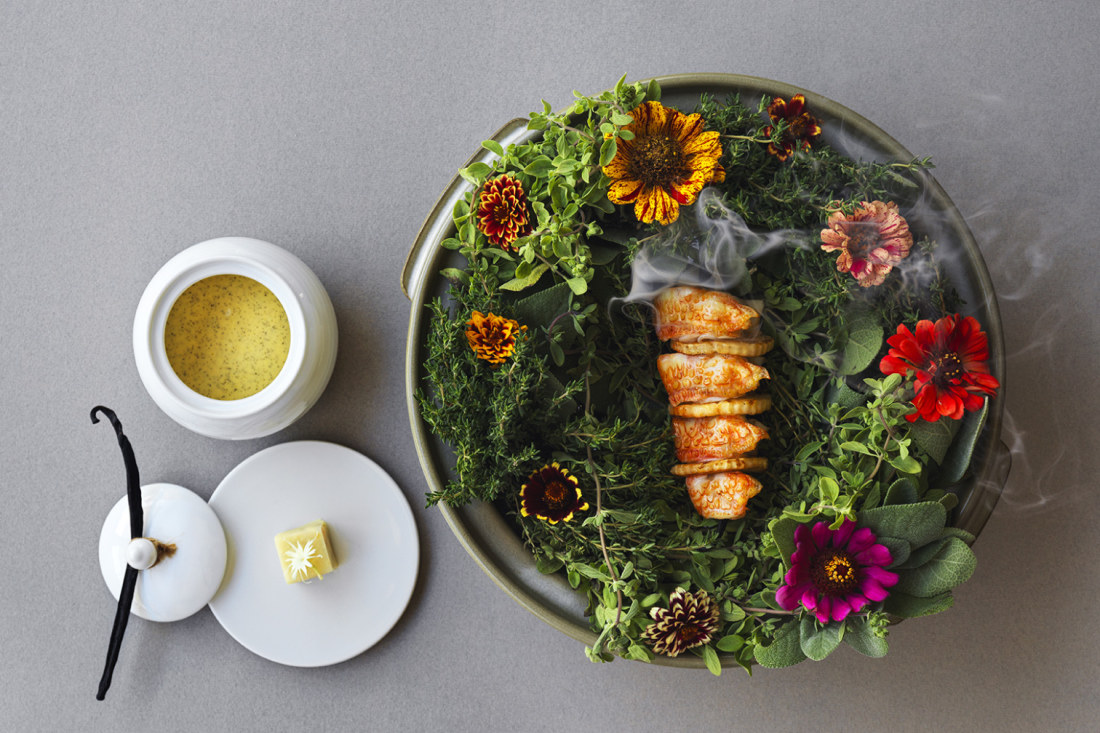
One of the beautiful dishes served at Mirazur, Sydney.
For Chen, it’s getting to understand diners and their needs, building industry relationships and compiling data and market intelligence. “Most hotels and restaurants do pop-ups as a promotion to boost foot traffic,” he says. “We do residencies for our long-term business.”
A residency also can be used as a springboard to establish something more permanent. The Fat Duck did it with Dinner by Heston Blumenthal (although it has since closed). Ministry of Crab owner Dharshan Munidasa is keen to do it if, as he says, “I can find the right location.”
Colagreco and Rogan, even before he gets here, haven’t totally ruled out the idea of a local venture. Both already have restaurants in other countries.
“We’re still in an expansive mood,” says Rogan, who has Roganic Hong Kong and the newly launched ION Harbour By Simon Rogan in Malta and is eying another venture in South-East Asia. As for Colagreco: “One day if we leave [France], maybe Australia will be one of our destinations.”
Need to know
- L’Enclume Residency at Bathers’ Pavilion runs from July 19 to August 20.
- It will offer an eight-course tasting menu, snacks and petit fours for $420.
- Plus a choice of wine pairings ($190, $290, $750) and non-alcoholic option ($70).
